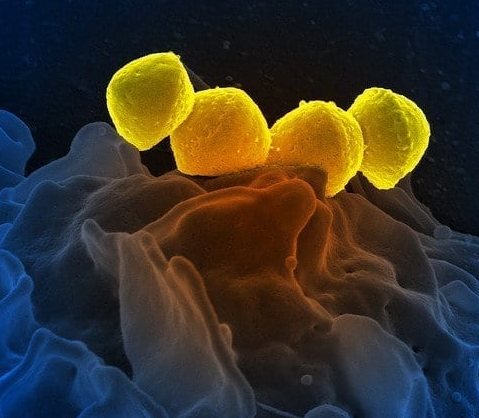Heterotrophic bacteria are those bacteria that cannot prepare their own food and obtain food from the environment. These bacteria cannot convert light energy into chemical energy and need ingredients for their metabolism. These bacteria need organic carbon and can use light energy and chemical energy to obtain their biomass.
Examples:
Bacillus, Pseudomonas, Salmonella
Why these bacteria are heterotrophs?
These bacteria use organic carbon from the environment. They can use light or chemical source to obtain their energy. These bacteria transport lipid, protein and carbohydrate molecule actively and passively into the cell from the environment.
Classification:
There are four types of photosynthetic bacteria.
Photo-heterotrophs:
These bacteria use light to obtain energy and use organic carbon e.g. sugars for their food. These bacteria can’t perform photosynthesis.
Examples are green non-sulfur bacteria, purple non-sulfur bacteria.
Chemo-heterotrophs:
These bacteria use the chemical to obtain energy and use organic carbon e.g. sugars for their food. These bacteria also can’t perform photosynthesis as they are heterotrophic bacteria.
Organo-heterotrophs:
These bacteria use organic matter to obtain energy.
Litho-heterotrophs:
These bacteria use inorganic matter to obtain energy.
Importance:
These bacteria are very important as
- These bacteria help in the compositing of organic matter.
- They are present in the skin of animals and human beings as microbial flora.
- These bacteria are medically important as they cause many diseases.

